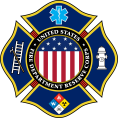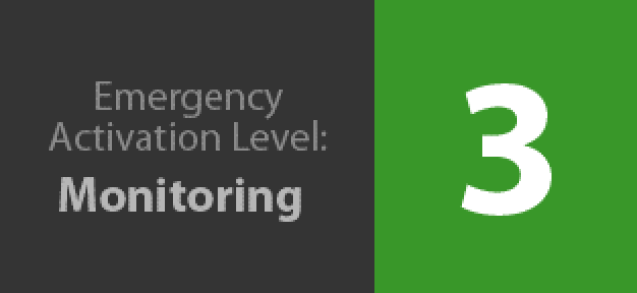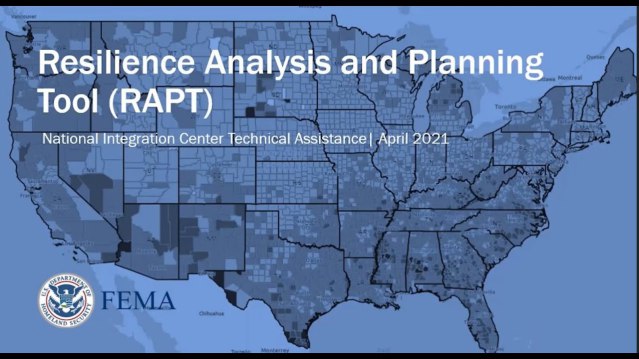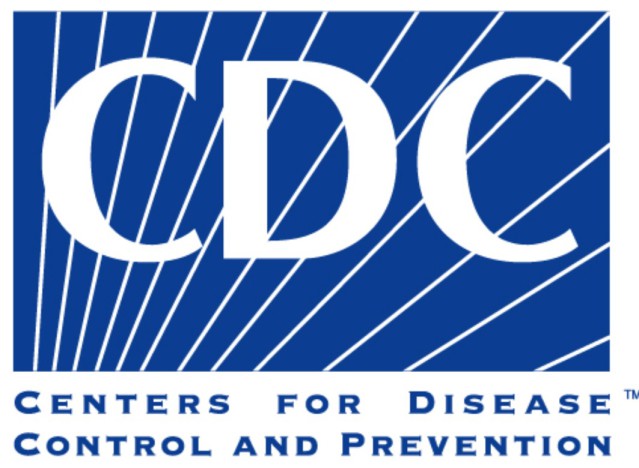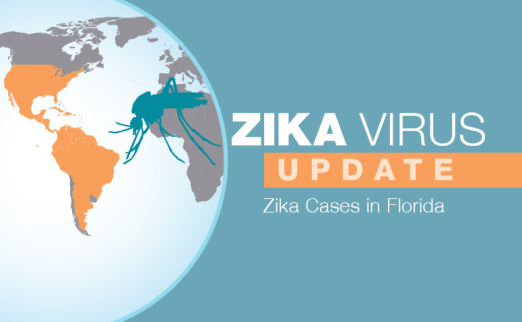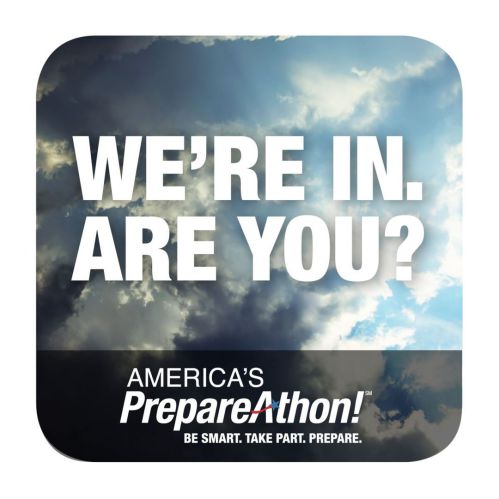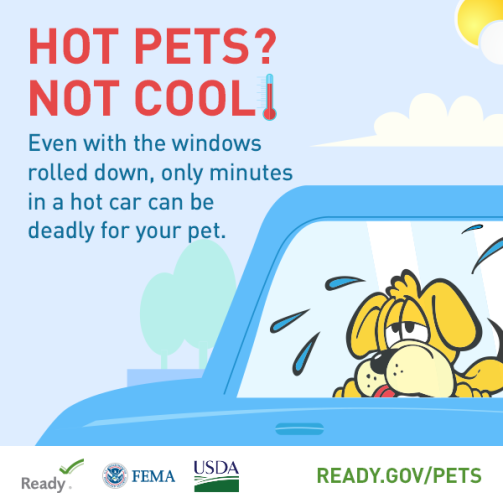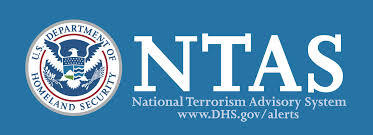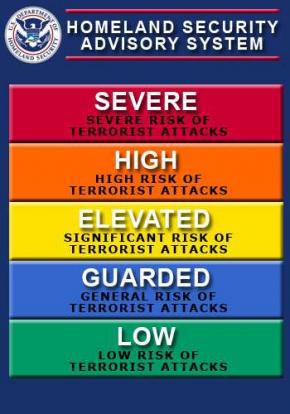“Donate Now, Help Us To Help Others!”
Who we are:
The United States Fire Department Reserve Corps, (USFDRC) Inc., was founded to honor all those who have served and are currently serving as volunteers, emergency services and support personnel as well as our nation’s military; who have made and continue to make the ultimate sacrifice for their families, communities, and country during and after September 11, 2001.
The USFDRC is a National Volunteer Reservist Fire Department established under the corporation laws of the State of Florida, registered with the Internal Revenue Service as a 501(c) (3), as a non-governmental, (NGO) not-for-profit, charitable, humanitarian, educational and public safety organization on April 29th, 2010.
About 90% of all personnel are not on full-time active duty. Instead, its members are reservist civilians who can be called to duty in the event of an emergency, disaster, or when the nation is in need of support.
Our fundamental principles are to provide relief to victims of disasters and help educate people to prevent, prepare for, and respond to emergencies in the United States
and worldwide if requested. Essentially, reservists’ members are backup forces who are ready to move to active duty when the local, municipality, county,
state, or the nation is in need.
Our Vision, Mission, Goals, Objectives and Core Values:
Our vision, organizational mission, goals and objectives, and core values are essential elements embedded throughout the framework for performance excellence included as part of our national sense of community and organizational profile, reflecting the ideal of protecting life and property.
Our organization’s continuing mission in support of realizing our vision, mission, goals, and core values are revised via strategic planning processes. Core values strengthen these goals and objectives while also linking together and reinforcing all underlying operational decisions and actions.
The relationship between our national sense of community vision, organizational mission, goals, objectives, core values, and operational decisions and actions is illustrated below:
Our Vision:
- We will strive to be role models in our community and leaders in our profession.
- We will be accountable to those we serve, each other, and any emergency service organizations we interact with.
- We are committed to providing the best public service through innovative training, education, and equipment.
- We will take the Fire Department into the future through productive teamwork, open and honest communication, and participative decision-making throughout the organization.
- We are committed to our values and our mission, as well as dedicated to our fire service profession.
- Our organization is driven to provide a cost-effective and efficient Fire Department while honoring our values, accomplishing our mission, and achieving our goals.
Our Mission:
- The USFDRC’s mission is to operate and maintain fire services, pre-hospital care, emergency management services, and to render services to individuals, private sectors, municipalities, cities, or other governmental bodies, domestic or international. To protect and preserve lives and property.
- To render first aid to the ill, injured, and infirm and to relieve the pain, suffering, and discomfort of those in need of assistance.
- To aid and assist in the mitigation, preparedness, response, and recovery of the welfare of our nation.
Our Goals and Objectives:
- To provide an organization to encourage and aid American in the contribution of their efforts, services, and resources in the development of public safety and skilled in the support and development of fire services, pre-hospital care, and emergency management services to our communities and the maintenance of our national security.
- To provide an organization to encourage and develop, by example, the voluntary contribution of private citizens to public welfare.
- To provide fire services, pre-hospital care, emergency management services, and education and training, especially to its members.
- To encourage and foster civil services in local communities.
- To provide an organization of private citizens with adequate facilities to assist in meeting local and national emergencies.
- To assist the United States Department of Homeland Security in fulfilling its programs and missions.
Our Core Values:
- Loyalty: Bear true faith and allegiance to the U.S. Constitution, the Fire Department, your unit, and other members of the service. Bearing true faith and allegiance is a matter of believing in and devoting yourself to something or someone.
- Duty: Fulfill your obligations. Doing your duty means more than carrying out your assigned tasks. Duty means being able to accomplish tasks as part of a team.
- Respect: Treat people as they should be treated. In the US FDRC Firefighter’s Code, we pledge to “treat others with dignity and respect while expecting others to do the same.”
- Selfless-Service: Put the welfare of the Nation, the Fire Department, and your subordinates before your own. Selfless service is larger than just one person. In serving your country, you are doing your duty loyally without thought of recognition or gain.
- Honor: Live up to Fire Department values. Honor is a matter of carrying out, acting, and living the values of respect, duty, loyalty, selfless service, integrity, and personal courage in everything you do.
- Integrity: Do what’s right, legally, and morally. Integrity is a quality you develop by adhering to moral principles. It requires that you do and says nothing that deceives others.
- Personal Courage: Face fear, danger, or adversity (physical or moral). Personal courage has long been associated with our Fire Service. With physical courage, it is a matter of enduring physical duress and at times risking personal safety.
Our Strategic, Tactical and Operational Actions:
- Our Strategic Level: We will focus on defining and supporting our policy and relates directly to the outcome of emergencies or disasters as a whole.
- Tactical Level: In the traditional sense, the various tactical operations that make up strategic actions are themselves made up of, but not limited to, maneuvers, activities, and actions. From this perspective, the tactical level translates potential fight power into success in emergencies, disasters, and engagements through decisions and actions that create advantages to any event. Our tactics deal in the details of arranging actions and are extremely sensitive to the changing environment of any event.
- The Operational Level: We will focus to obtain an advantage over any operations thereby attaining strategic goals through the design, organization, dynamic, and operations factors.
Current Command Services:
The Command and General Staff School (CGSS): The purpose of educating, training, and developing officer’s leaders for the USFDRC. The CGSS will develop officers for joint, interagency, intergovernmental, and multinational operational environments; and advance the art and science of the profession of the Command and Control in support of the USFDRC mission, vision, and operational requirements.
The Mental Health Services Command (MHSC): The MHSC provides timely and phase-appropriate mental health services to disaster survivors, families, workers, and organizations. In a major disaster, effective mental health response requires the delivery of both clinical and administrative services in ways that differ from services typically provided by mental health professionals. The primary objective of disaster relief efforts is to restore community equilibrium. Disaster mental health services, in particular, work toward restoring the psychological and social functioning of individuals and the community and limiting the occurrence and severity of adverse impacts of disaster-related mental health problems (e.g., post-traumatic stress reactions, depression, substance abuse).
Projected Command Services:
The Anthropological Disaster Services Command (ADSC): The ADSC shall be the central delivery system for all sciences such as sociocultural, biological, archeological, and linguistic. These sub sciences are command branches of the ADSC. The ADSC addresses contributions of anthropology towards the field of crisis and consequence emergency management, command, and control. To aid in the contributions and investigations, on all life-cycle of a disaster event, from pre-disaster vulnerability, conceptions of risk, individual and social responses and coping strategies, and relief management. It concludes by providing recommendations to the national command for future operations and community readiness.
The Chaplain Services Command (CSC): The mission of the CSC is to act as a central coordinating spiritual service to all reservists and their families, community needs, establish and maintain collaborative working relationships with others community volunteers, provide direct support services during emergencies and disasters. Chaplains are expected to serve the spiritual and emotional needs of others.
The Citizen Corps Programs Command: (CCPC): The CCPC is a comprehensive program under the Department of Homeland Security that provides training for the population of the United States to assist in the recovery after a disaster or terrorist attack. The US FDRC wishes to provide educational services and organized volunteer Citizen Corps teams to local communities in the United States. Current USFDRC sponsoring programs:
The Citizen Corps Programs: The Community Emergency Response Team (CERT) program educates people about disaster preparedness for hazards that may impact their area and trains them in basic disaster response skills, such as fire safety, light search and rescue, team organization, and disaster medical operations. Using the training learned in the classroom and during exercises, CERT members can assist others in their neighborhood or workplace following an event when professional responders are not immediately available to help. CERT members also are encouraged to support emergency response agencies by taking a more active role in emergency preparedness projects in their community.
Medical Reserve Corps (MRC): The program coordinates the skills of practicing and retired physicians, nurses, and other health professionals as well as other citizens interested in health issues, who are eager to volunteer to address their community's ongoing public health needs and to help their community during large-scale emergency situations.
The Emergency Animal Response Services Command (EARSC): The EARSC assists with all aspects of animal care and control in the event of a disaster or emergency. In addition, EARSC provides resources for the public, animal businesses, shelters, and emergency planners.
The Emergency Disaster Funds Relief Services Command (EDFRSC): The FRSC has the primary function of the funding source for disaster response and recovery.
The Fire and Rescue Command (FRC): To serve our nation as reservist members and officers by providing backup support forces to the highest level of emergency/rescue services, hazard prevention, and safety education ensuring the protection of life, property, and the environment.
Click to below to call us!
USFDRC: Activation Level is:
FEMA: Resilience Analysis and Planning Tool
The FEMA Resilience Analysis and Planning Tool gives everyone free access to powerful data and GIS mapping that can help everyone understand their community. RAPT includes over 100 preloaded layers including updated community resilience indicators from peer-reviewed research, the most current census tract demographic data, new data layers on climate predictions and equity, analysis tools, and an improved user experience.
(Please click the above icon, for more information)
USFDRC: Emergency Notification System:
Sign-Up for Critical Alert Emergency Notifications!
The emergency alert system provides us the ability to send out thousands of phone notifications instantly.
Your personal contact information will never be used for any other purpose but to let you and your family members know that serious conditions exist. Choose how you want to be contacted by phone call, text or email and register multiple groups and locations.
To ensure that the system is working properly, you may receive a test message as follow:
THIS IS A TEST OF THE USFDRC: EMERGENCY NOTIFICATION SYSTEM. NO ACTION IS NEEDED. IN A REAL EMERGENCY, THIS MESSAGE WILL CONTAIN IMPORTANT ALERT INFORMATION.
We will only notify during an emergency or public safety event, or if public help is needed, for example, to find a missing child or adult. Sign up now!
NOTE: Sign-up for Critical Alert is free; however, be aware of your individual cell phone plan and the costs involved for text messaging and calls.
Centers for Disease Control and Prevention (CDC) Guidelines:
(Please click the above icon, for more information)
National Oceanic and Atmospheric Administration:
(Please click the above icon, for more information)
Emergency Preparedness:
(Please click the above icon, for more information)
America’s PrepareAthon!
America’s PrepareAthon! is a FEMA campaign aimed to provide opportunities for individuals, organizations, and communities, to prepare for specific hazards through group discussions, drills, and exercises. For more information on this campaign: https://community.fema.gov/. The National Weather Service plans to work with FEMA Region V on America’s PrepareAthon! Day of Action, April 30th. More information on this day, which will include how you can participate with us, will be distributed via our Facebook and Twitter pages over the next week. So, make sure and look for that, as we are really excited for this unique opportunity.
(Please click the above icon, for more information)
(Please click the above icon, for more information)
National Terrorism Advisory System:
(Please click the above icon, for more information)
The NTAS Alert – How can you help?
Each alert provides information to the public about the threat, including, if available, the geographic region, mode of transportation, or critical infrastructure potentially affected by the threat; protective actions being taken by authorities, and steps that individuals and communities can take to protect themselves and their families, and help prevent, mitigate or respond to the threat.
Citizens should report suspicious activity to their local law enforcement authorities. The “If You See Something, Say SomethingTM” campaign across the United States encourages all citizens to be vigilant for indicators of potential terrorist activity, and to follow NTAS Alerts for information about threats in specific places or for individuals exhibiting certain types of suspicious activity.
Learn More
Action Center
- NTAS Alerts via Email
- NTAS Alerts via Facebook
- NTAS Alerts via Twitter
- NTAS For Your Website (Data feeds, web widgets, and graphics)
(Please click the above icon, for more information)

